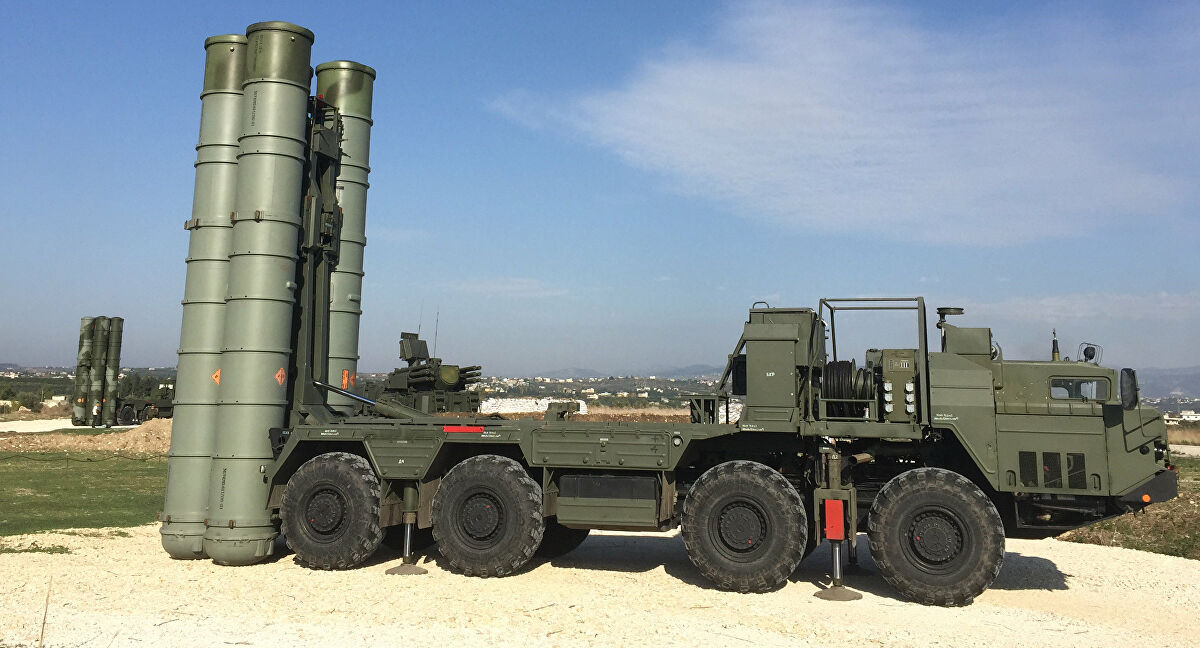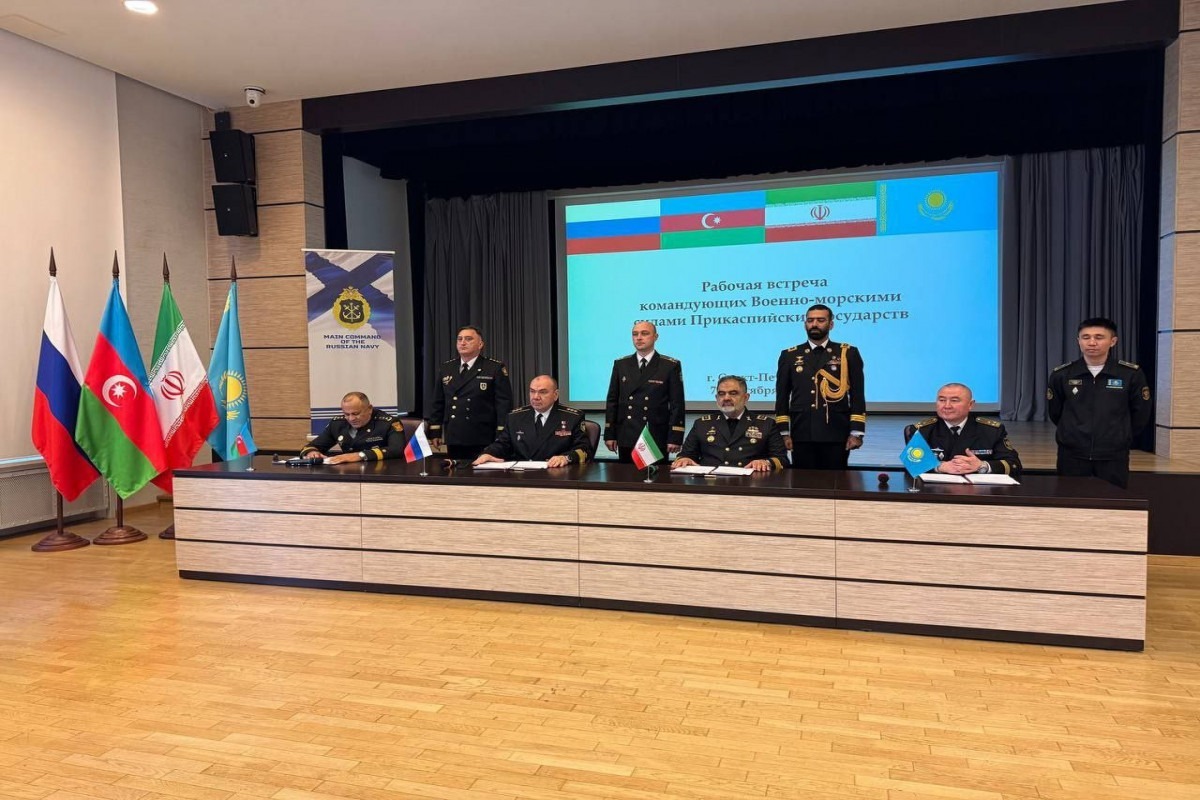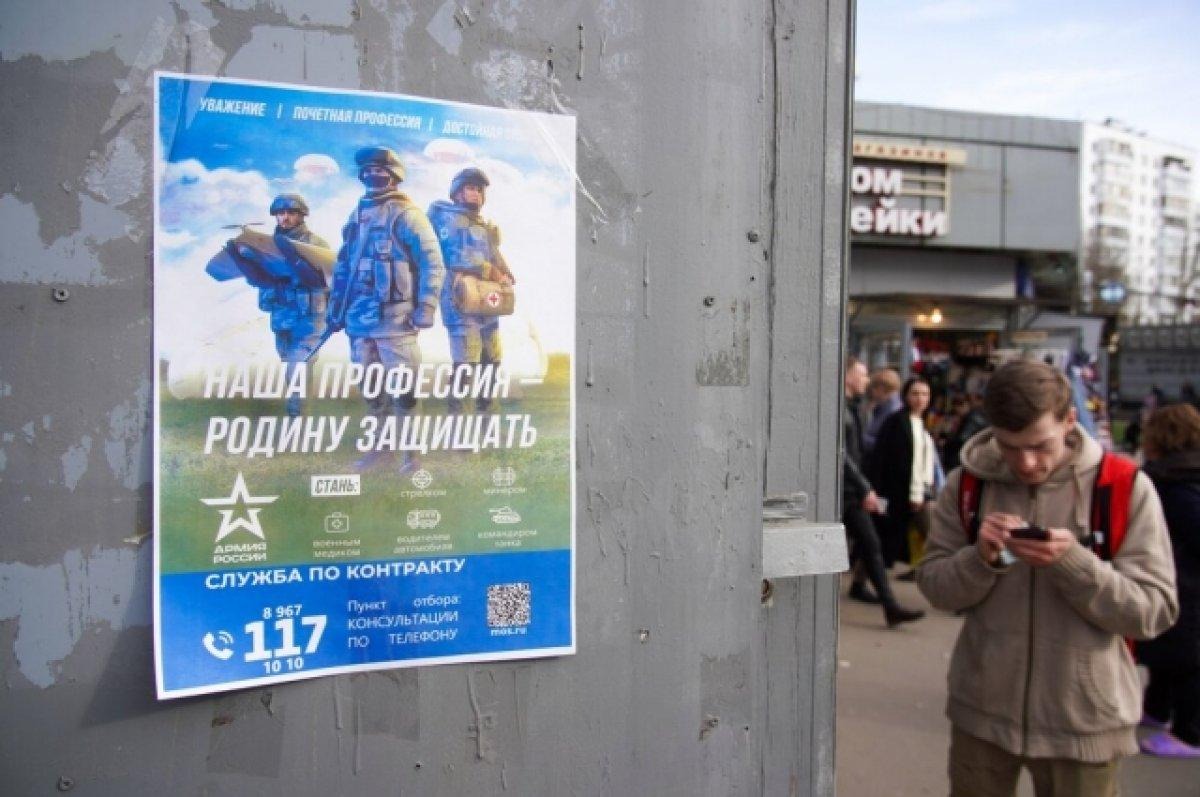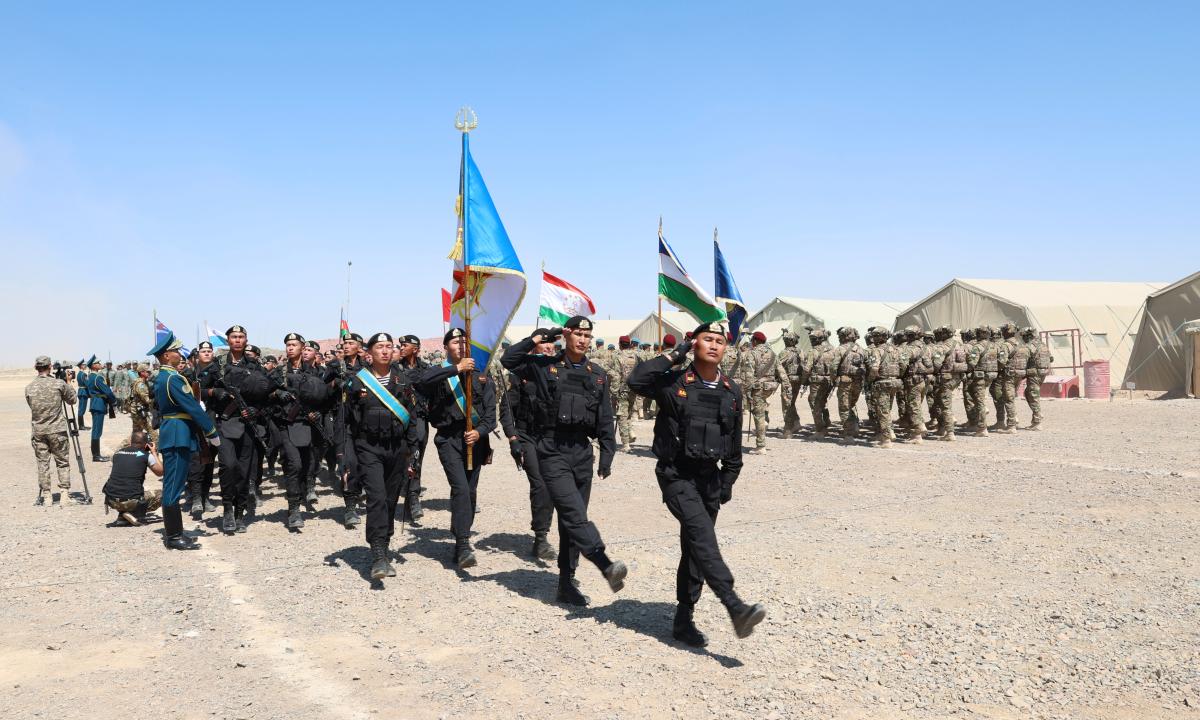
Moscow Weighs Options to Procure S-500 Air-Defense Systems
Moscow Weighs Options to Procure S-500 Air-Defense Systems
After many delays, Russia’s Ministry of Defense is finally considering the most suitable ways to introduce the new S-500 Prometheus surface-to-air missile (SAM) system as part of its wider air-defense modernization. The S-500 reportedly will offer enhanced defense capabilities against ballistic missiles and satellites. The defense ministry expects the first deliveries to arrive this year, with Russian-occupied Crimea as a high priority for the earliest deployment and wider introduction by 2025. The internal discussions within Russia’s defense establishment appear to center around whether to form new structures to accommodate the S-500 or to utilize existing air-defense units. In December 2020, Sergei Chemezov, the head of Rostec corporation, said that the S-500 developer Almaz-Antey had passed all the necessary state tests, allowing procurement to begin in 2021. The S-500 was also reportedly tested in Syria. This marks a significant and long-awaited boost for Russia’s air- and missile-defense capabilities (Topwar.ru, March 24).
According to defense ministry sources, the S-500 is not designed to replace the S-400 or other air-defense systems and complexes. Rather, it will fill a niche between the S-400 and the stationary A-135; the latter provides strategic defense for Moscow Region against attack by intercontinental ballistic missiles (ICBM). At the same time, the S-500 will form the future basis of a unified national air and missile defense being formed to protect the Russian Federation. The S-500 can easily be integrated into an overall single and unified air-defense system. The S-500 will consist of a combat command post with an automated control system (avtomatizirovannoy sistemy upravleniya—ASU), a radar complex, including a multifunctional “illumination” radar, and up to 12 anti-aircraft missile launchers mounted on a Russian- or Belarusian-built chassis. The system can detect targets at up to 2,000 kilometers. To defend against bombers, reconnaissance aircraft or airborne command posts, the S-500 uses the 40N6M missile with a range of up to 400 km. To intercept ballistic missiles or target satellites, it uses the new 77N6-N and the 77N6-N1; the specifications of these are unknown (Izvestia, Topwar.ru, March 24).
Alexander Gorkov, the former chief of the anti-aircraft missile forces of the Russian Air Force explained, “Most likely, no additional reconnaissance and support units will be required in the new units and formations,” adding, “If we talk about the number of systems, it will depend on where the regiments will be located and what functions they will perform. Most likely, there will be more units in the border regions and on the cover of especially important objects. How many complexes will be included in this or that part depends on what kind of outfit of forces and means the probable enemy will plan. This is called an open structure. As for the brigades, this is a connection: respectively, there should be systems for various purposes. In addition to the S-500, it can also include short-range and medium-range air-defense systems, depending on the capabilities of the automated control system.” Gorkov’s observations highlight the key element of the ongoing defense ministry’s options: whether to form new structures for the introduction of the S-500 or use existing air-defense units (Izvestia, March 24).
One option is to establish entirely new structures for the S-500, as air-defense regiments or brigades. This new organizational and staffing structure could be used to better exploit the characteristics of the S-500. However, the alternative is to integrate the S-500 into various preexisting air-defense units without the need to form new structures. Moreover, although the S-500 is likely to enter service this year, it will initially be used by specialist training units, considering any of these systems as samples. Wider procurement is more likely around 2025. The specifics are probably to be addressed in the framework of the State Armaments Program for 2024–2033. When the first S-500 systems are delivered, they will be sent training specialist to conduct further tests. The defense ministry plans to complete such a facility at the Kapustin Yar air-defense range, in the Astrakhan region. In 2018, during a military exercise, one of the necessary components, the Yenisei radar detector, was observed (Izvestia, March 24).
On March 22, some Russian news portals carried reports that the S-500 has already been deployed in Crimea. These reports also suggested that the deployment will be bolstered by the S-350 air-defense system. Nonetheless, it seems that this is premature and likely based around earlier comments by the commander of the Southern Military District (MD), Colonel General Aleksandr Dvornikov, who stated that the S-500 and S-350 are high priorities not only for this region, but also for other parts of Russia (Rusdialog.ru, March 22).
The Russian defense expert Anton Lavrov notes, in an article in Izvestia, that while these discussions about the precise role of the S-500 continue, it is only part of a wider effort to upgrade the existing air-and-missile-defense system across the country. Lavrov notes other areas of innovation, such as the use of the Pantsir-S1 anti-aircraft missile and cannon system, as the basis for mobile reserve regiments. Specialist air-defense units have been formed in the northern regions of Russia; these use a unique variant of this system, designated as Pantsir-SA and mounted on a tracked floating chassis. One such example is the Yakut Tiksi 3rd Air Defense Division, formed to provide air defense for the Northern Fleet and strategic aviation bases in the Russian High North. Similar efforts have been made in the Eastern MD, including deployments of the S-300V4 in the Kurile Islands (Izvestia, March 24).
The long-delayed procurement of the S-500 finally making its way into the Armed Forces, albeit over the next four years, will be welcomed by the political-military leadership (see EDM, March 10). Indeed, the particular characteristics of the S-500 (as well as other improved Russian air-defense systems) reinforces the view that Moscow’s continued long-term strategic threat perception is rooted in fears of an attack on the country by a high-technology peer adversary that uses air and space means to deliver precision strikes.


